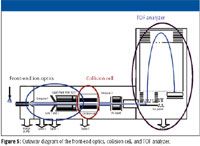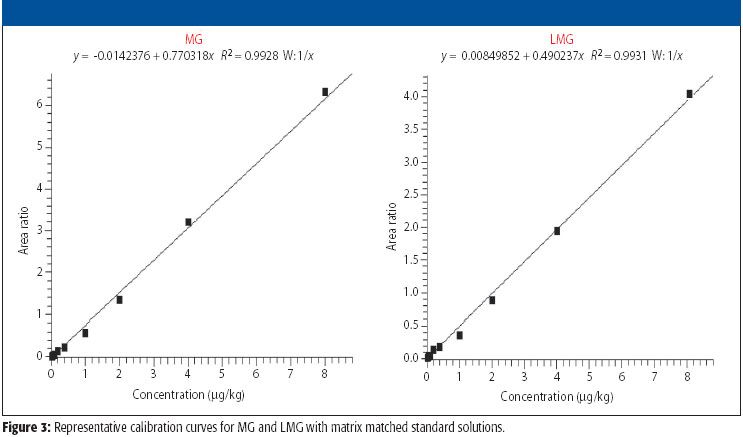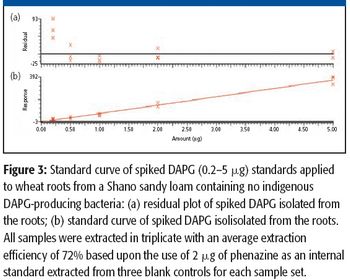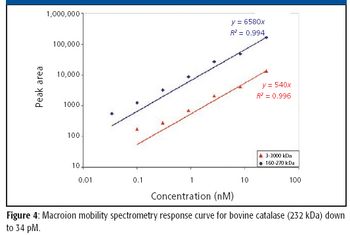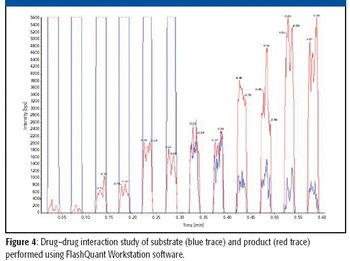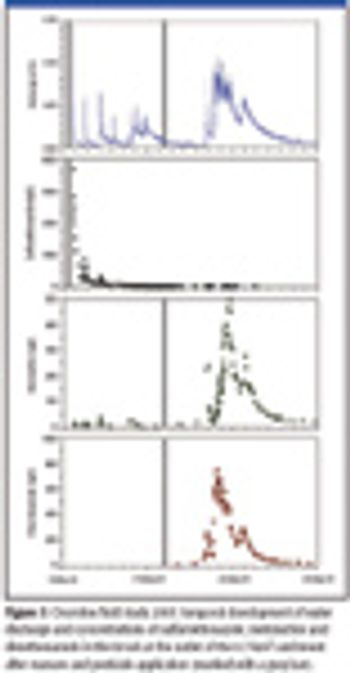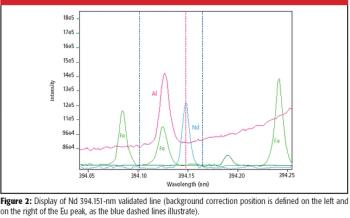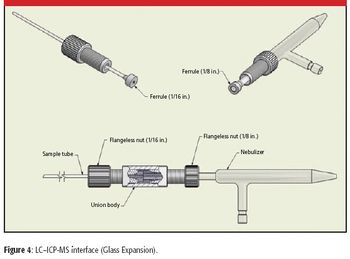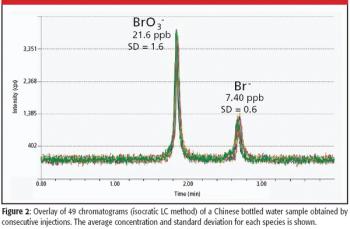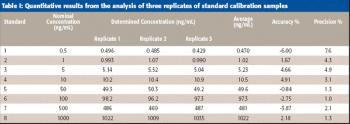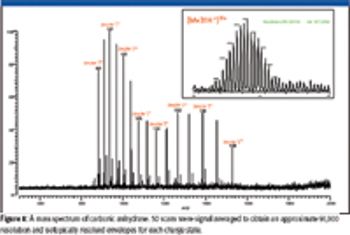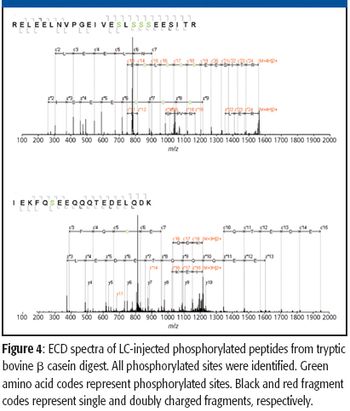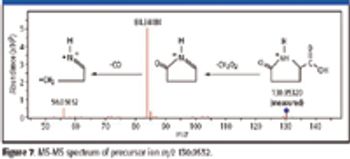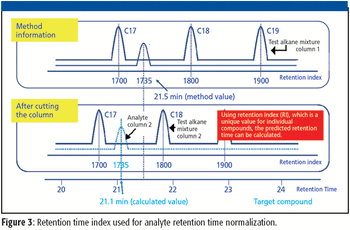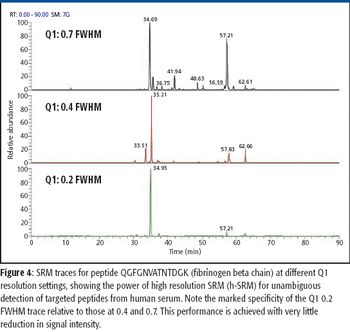Reproducing analysis conditions is crucial to achieving consistent, accurate results in gas chromatography–mass spectrometry (GC–MS). Valid reproduction demands appropriate application of technique, solid method design, reliable and accurate equipment, and a dedicated team of well-practiced technicians and researchers. But even when all these conditions are met, users can be held back by the more subtle elements in GC–MS operations, such as cutting or changing a column, or setting up the same experiment on different equipment. Even getting the parameters of a test organized so that it can be reproduced elsewhere - in a laboratory across the hall, the country, or the world - can be daunting. Consistent GC–MS results depend upon retention-time reproducibility.



